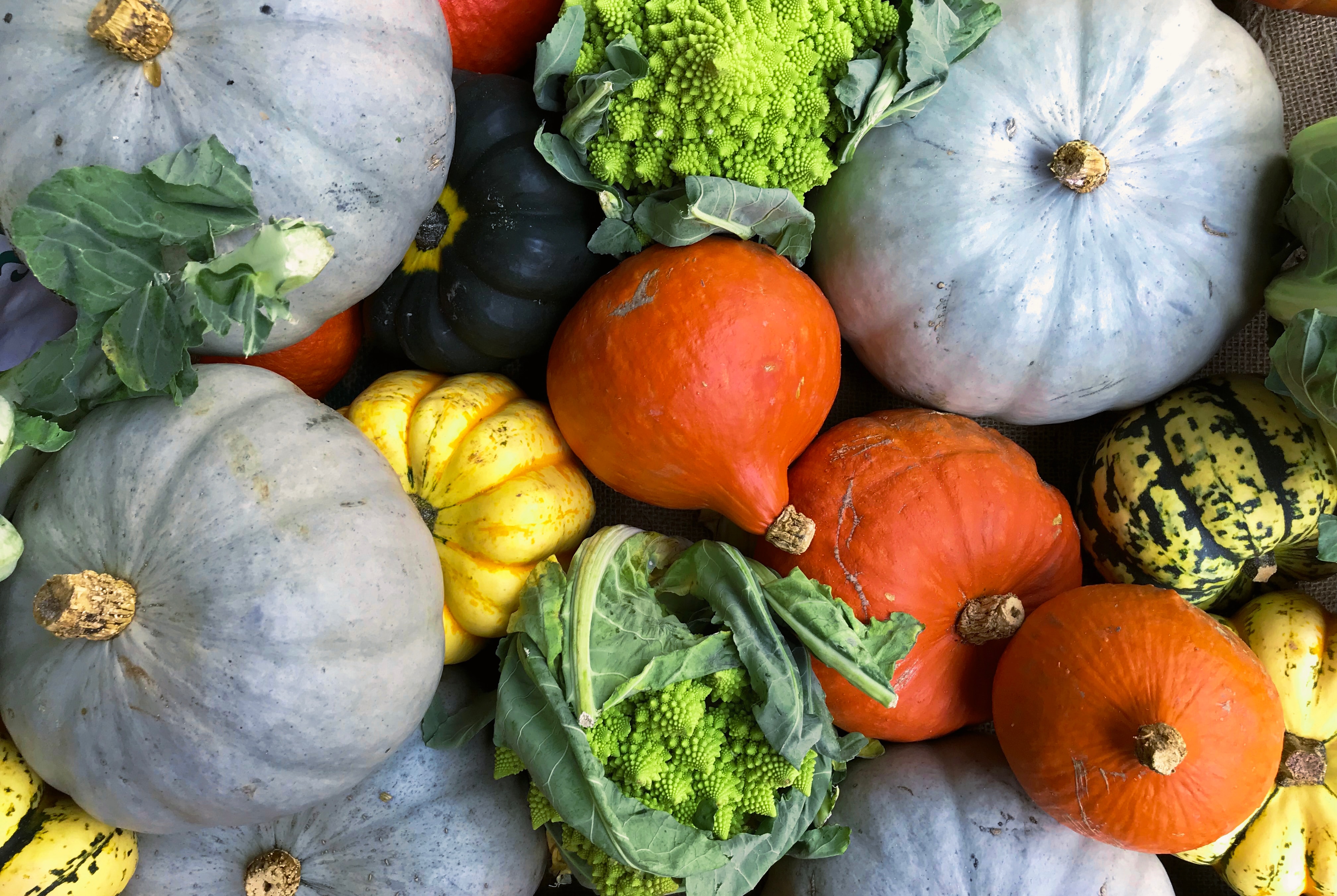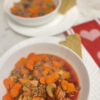 Which squashes are best for your health?
Which squashes are best for your health?
I love the Fall season. I’ve already brought out my pumpkin-spiced candles and fall decorations, including some adorable gourds which I have sitting outside my front door. It’s definitely put me in the Fall mood!
Perhaps one of the biggest things I look forward to this time of year is the food. I mean, I AM a dietitian, right? 🙂 Amongst many fall favorites is squash, and since I’m always interested in promoting the healthiest versions of things I love, I’m highlighting the health benefits of the various types below.
What is Squash?
Pumpkin, squash and gourds are all members of the Cucurbitaceae family, which contains more than over 700 species. While pumpkins and squash are commonly eaten, gourds are mostly used for decorative purposes and rarely eaten due to their tough, thick skin. The fruits display a wide range of sizes, shapes, and colors.
Fun fact: squash is a fruit, not a vegetable! Yet because it’s not as sweet as other fruit, it’s typically cooked and used in meals like a vegetable would be.
There are both Summer & Winter squash varieties, which are classified based on the months of the year they are in season.
Summer squash has a softer skin which makes the whole fruit able to be consumed and enjoyed.
Common types of summer squash include:
- Zucchini
- Yellow crookneck
- Yellow straight neck
- Pattypan
Common winter squashes include:
- Butternut
- Delicata
- Pumpkin
- Acorn
- Spaghetti squash
Which types of squash are the healthiest?
Yellow Squash: is an excellent source of potassium, with over 500mg per squash (almost 100mg more than a banana!) Potassium is a vital mineral in the body which supports muscle contraction, heart and nerve function, and fluid balance.
Zucchini: has become a low calorie and low-carb alternative to noodles, and for good reason. One medium zucchini contains just 33 calories and 6g of carbs (2 of which are from indigestible fiber). Compare this to a single 2oz serving of traditional spaghetti noodles which contains 200 calories and 42 grams of carbohydrates.
Butternut Squash: is packed with vitamin C and beta carotene, both of which act as antioxidants in the body and protect the cells from damage.
Spaghetti Squash: also makes an excellent alternative to pasta due to its spaghetti-like strands. It is very low in calories with just about 30 calories per cup, low in carbs, and is a good source of fiber and vitamins C & B6.
Tips for incorporating squash into your diet:
With all this newfound knowledge about squash plus the desire to get in the fall mood if you’re like me, I’m sure you’re looking for the best ways to enjoy this festive fruit!
Thankfully, squash is very versatile and can be incorporated into anything from soups to stir fry’s, pasta dishes, casseroles and more.
Winter squash is often roasted, boiled or steamed. It pairs well with butter or olive oil and savory herbs like rosemary, oregano, and thyme. It has an earthy taste and is delicious in soups, salads, and grain bowls. The seeds of winter squash can also be roasted with olive oil and sea salt for a crunchy snack.
Summer squash is often sautéed, roasted or grilled with olive oil and garlic, or grated and added to baked breads and muffins as well as to sauces (great way to sneak in extra veggies). Try spiralizing summer squash or using spaghetti squash in place of noodles for your favorite pasta dish (just be sure to soak up the excess water before mixing the sauce and toppings in).
Enjoy and happy Fall!







